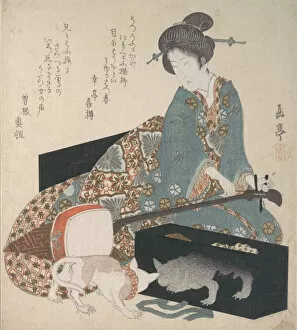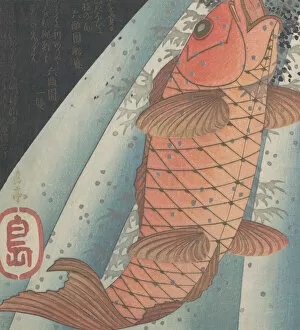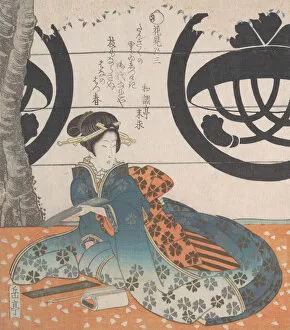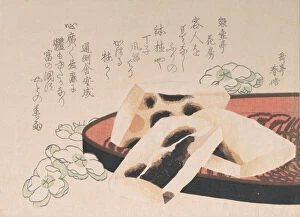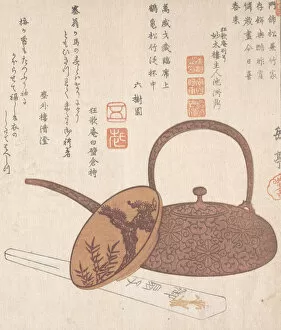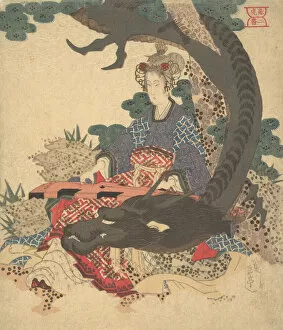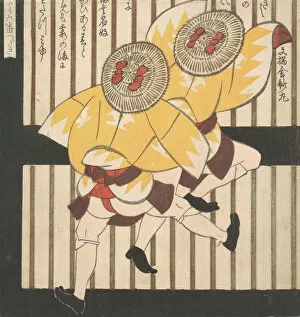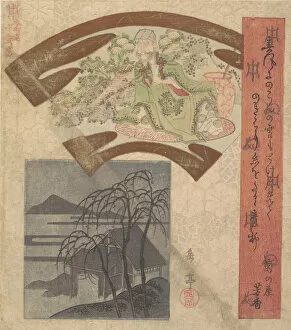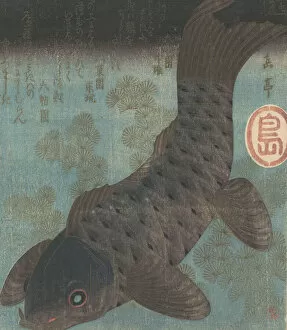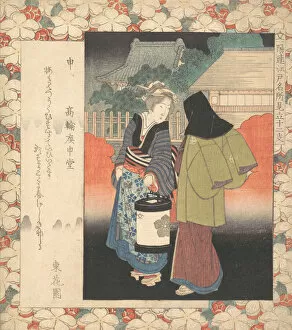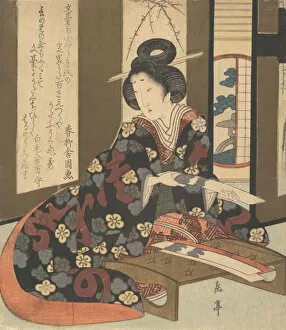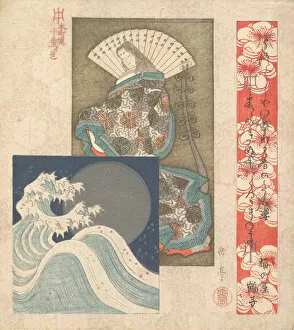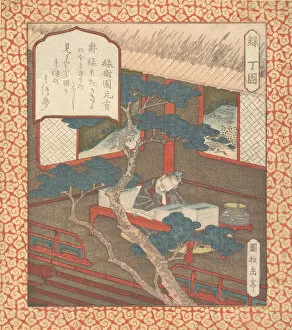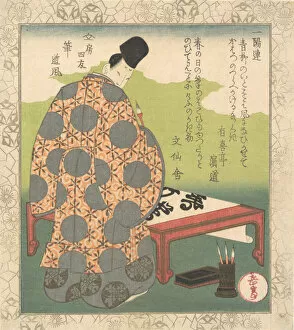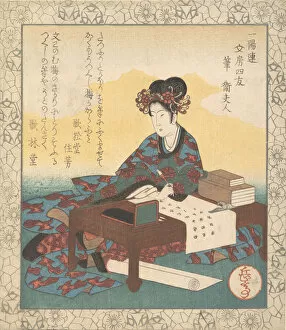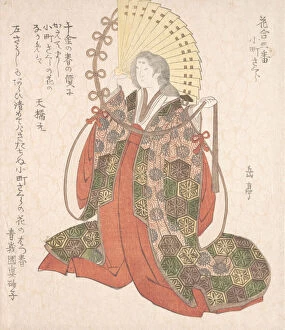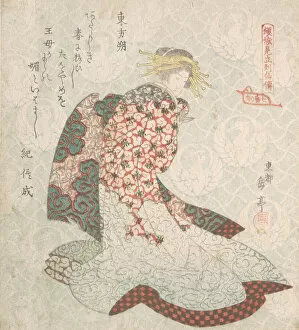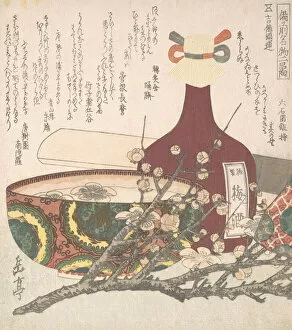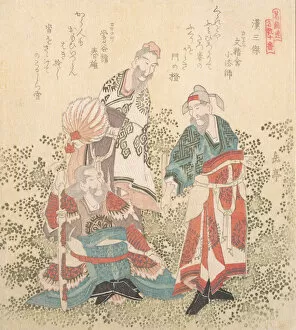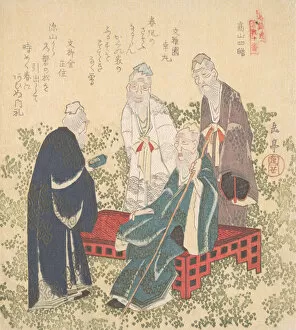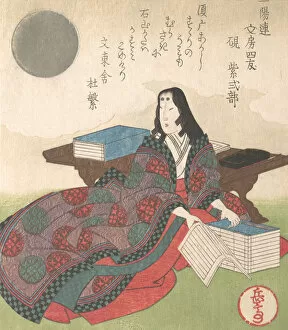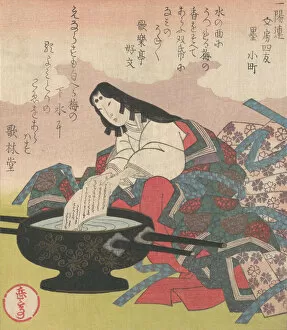Harunobu Sugawara Collection (#3)
Harunobu Sugawara, a renowned Japanese artist of the 19th century, left an indelible mark on the world of ukiyo-e prints
For sale as Licensed Images
Choose your image, Select your licence and Download the media
Harunobu Sugawara, a renowned Japanese artist of the 19th century, left an indelible mark on the world of ukiyo-e prints. His works encompassed a wide range of subjects and styles, showcasing his versatility and artistic prowess. One notable piece by Sugawara is "The Monkey King Songoku, " inspired by the Chinese novel Journey to the West. Created around 1824, this print captures the adventurous spirit and mischievous nature of the beloved character. In another masterpiece titled "A Poet and Mount Fuji From the Spring Rain Collection, " Sugawara transports us to a serene landscape in the 1820s. The delicate depiction of Mount Fuji amidst spring rain evokes a sense of tranquility and harmony with nature. Sugawara's talent extended beyond landscapes and mythical figures. In "The Rain Shelter at Nii Hill by the Aji River, Osaka, " created around 1834, he skillfully portrays everyday life scenes with meticulous attention to detail. This print offers a glimpse into urban existence during that era. "The Filial Son of Yoro" from his Ten Moral Lessons series showcases Sugawara's ability to convey moral teachings through art. Created in 1821, this print exemplifies filial piety—a virtue highly valued in Japanese culture—through its poignant imagery. Sugawara's dedication to storytelling is evident in his prints such as "Komatsu Shigemori from Tales of Heike. " Crafted around 1821, this artwork brings characters from historical narratives to life while preserving their essence within ukiyo-e aesthetics. Not limited to human subjects alone, Sugawara also depicted animals like monkeys in his work. One example is "The Ten Great Disciples of Confucius, " part of his Set of Ten Famous Animals series from 1828. Through these prints, he imbued animals with human-like qualities, offering a unique perspective on the natural world.





